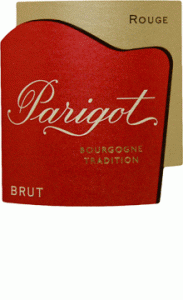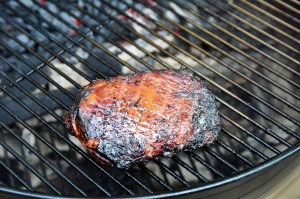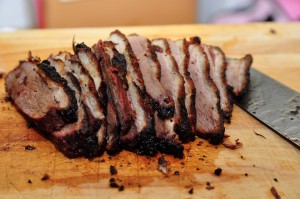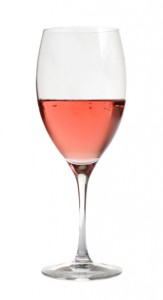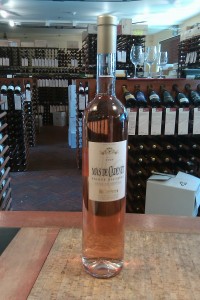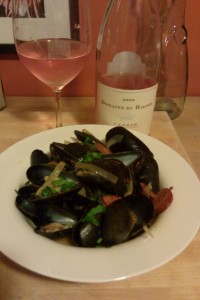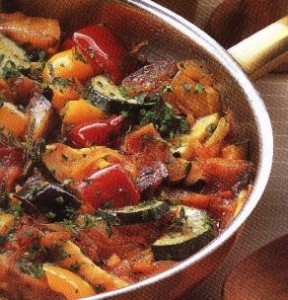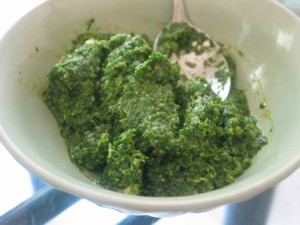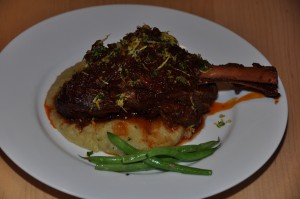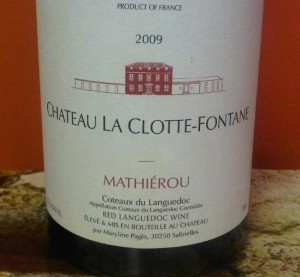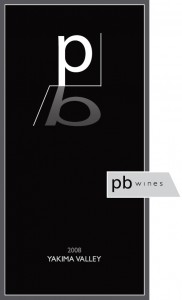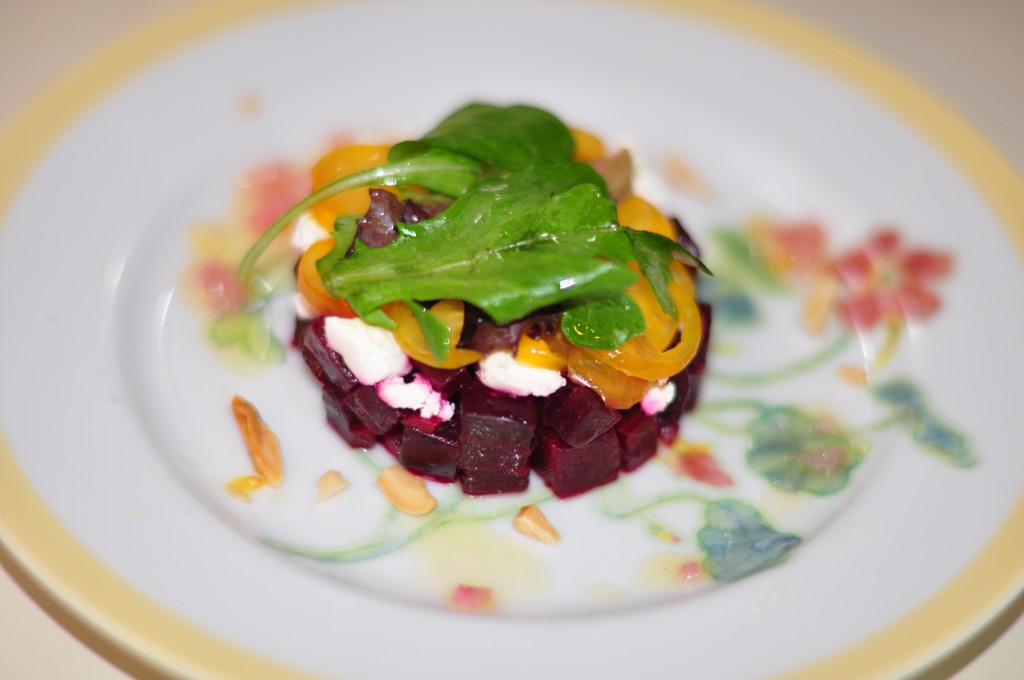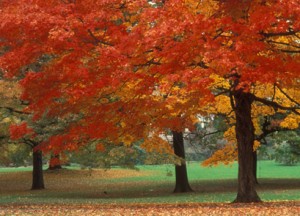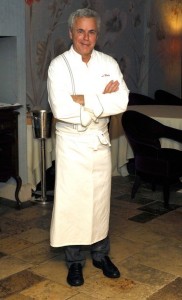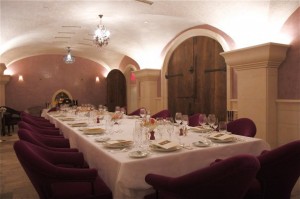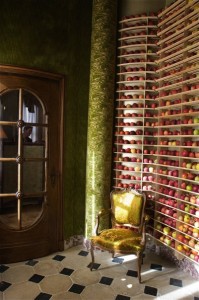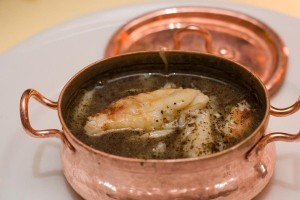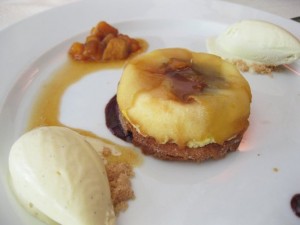It’s July. It’s hot. There’s nothing I enjoy more this time of year than entertaining on our deck (or being a guest at an outdoor soiree,) sipping something clean and crisp, and grilling (and eating) some sort of funky creation that was inspired by a local and fresh ingredient.
This month’s perfect pairing was inspired by our latest food battle. I found myself re-creating this particular dish a few times after the cook off. I have tried several different wines with this, so I will list all three as “perfect pairings.” None of them are pink nor are they crisp…. but they are juicy and perfect with the dish. Enjoy!
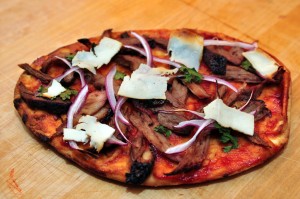 Grilled Flatbreads with Raspberry Guajillo Sauce, Smoked Duck, and Ricotta Salata
Grilled Flatbreads with Raspberry Guajillo Sauce, Smoked Duck, and Ricotta Salata
For the Sauce
2 cups boiling water
3 oz dried guajillo chilies – stemmed and seeded
2 garlic cloves, chopped
2 teaspoons olive oil
2 cups fresh raspberries
3 Naan flatbreads (click here for recipe or you can purchase ready made)
olive oil
1 smoked duck breast, sliced (click here for recipe or you can purchase ready made at gourmet specialty stores or D’Artagnan)
1 small red onion, thinly sliced
1/3 cup cilantro leaves
3 to 4 oz shaved ricotta salata
For the sauce: Place dried chilies in boiling water. Let sit for 30 minutes, until chilies are softened. Reserving the soaking water, remove the softened chilies and place them in a blender with the garlic, and blend with a few tablespoons of the soaking water so as to form a paste. Place two teaspoons of olive oil in a medium saucepan, and bring to a medium high heat. Add the chili paste, and saute until fragrant, about 1 to 2 minutes. Add the raspberries and stir to combine. Add all of the soaking liquid and bring to a boil. Simmer the mixture on low for about 5 to 7 minutes. Transfer the berry sauce mixture to a blender, and blend until combined. Strain the mixture into a clean saucepan, pressing on and then discarding the solids. Simmer the mixture until slightly thickened, and is just about 1 cup. Season with salt and set aside.
Prep your grill to moderately high heat (charcoal or gas.) Brush your Naans with olive oil, and then top with about 1/4 cup of sauce on each bread. Top with the thin slices of smoked duck breast, then the thinly sliced onion, then the cilantro leaves, and then the shavings of ricotta salata. Grill until the cheese is slightly browned, and the flatbreads are completely heated through, about 5 minutes. Cut into squares and serve, passing more of the sauce if desired.
The three wines that I have tried with this and in my opinion, were very successful due to the consistent berry theme throughout are:
2006 Coume del mas Coullieure Schiste – Berries, smoke, and undertones of spice and leather make this wine a perfect match to the flatbread
 2009 Domaine Georges Vernay Cotes du Rhone Sainte Agathe – Again, the smoke and the berries played the main role of this pairing, with some lovey black pepper at the end
2009 Domaine Georges Vernay Cotes du Rhone Sainte Agathe – Again, the smoke and the berries played the main role of this pairing, with some lovey black pepper at the end
NV Domaine Parigot Bourgogne Mousseaux Rouge Brut – A sparkling but structured Pinot Noir that can stand up to all sorts of game and many meats